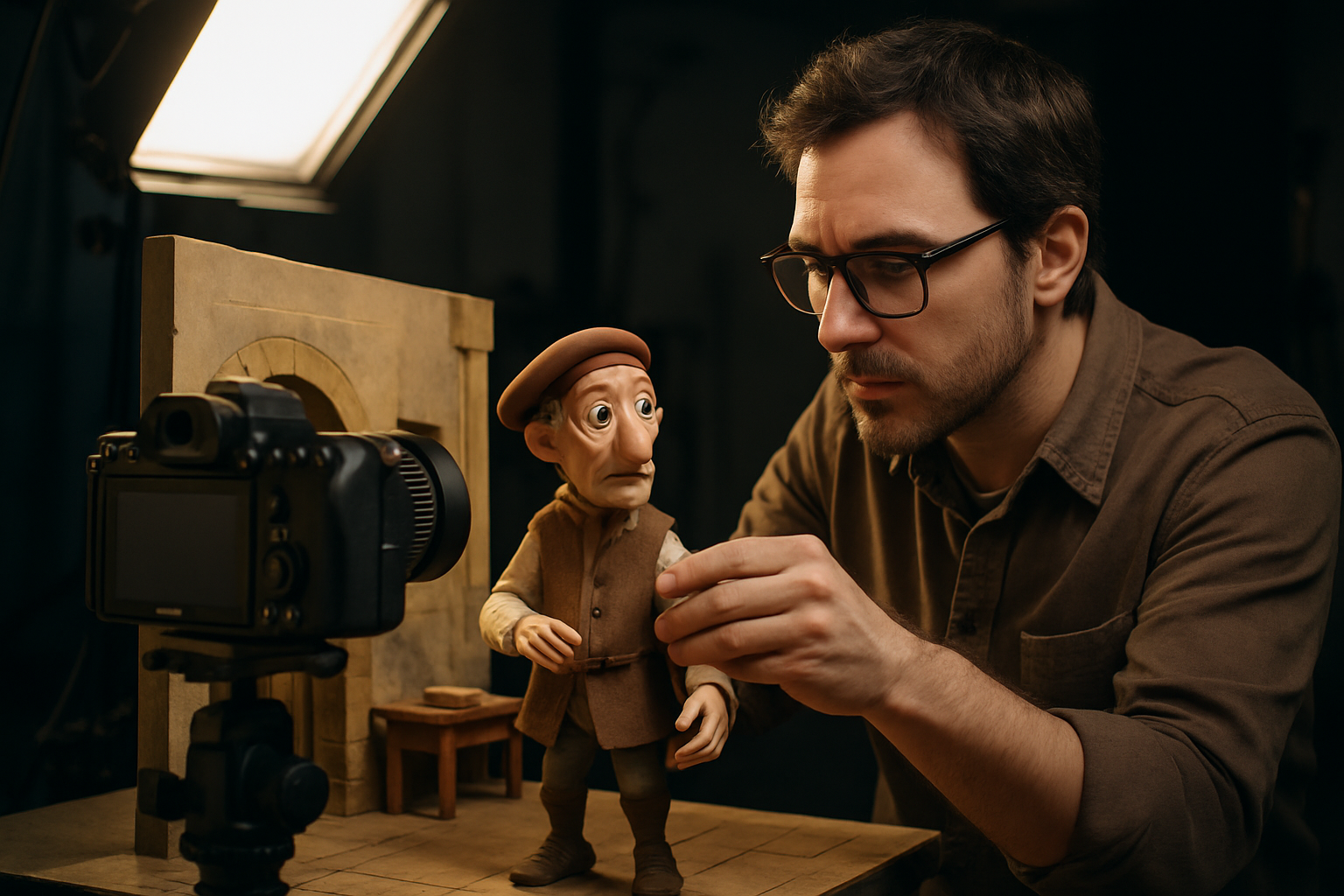Renaissance in Stop Motion: A Return to Tangible Animation
Over the past decade, stop motion animation has been enjoying a quiet resurgence. This time-consuming, tactile form of animation, which involves manipulating physical objects frame by frame, has been superseded by digital technologies in recent years. Yet, a growing number of artists and filmmakers are returning to stop motion, drawn by its unique aesthetic and the creative challenges it offers.

The Past: Stop Motion’s Cinematic History
Stop motion animation has a long and rich history dating back to the early days of cinema. Pioneered by filmmakers like Willis O’Brien and Ray Harryhausen, stop motion brought to life some of the most memorable creatures in cinema history, from King Kong to the creatures of Jason and the Argonauts. Despite the advent of computer graphics, stop motion has never completely disappeared, finding its niche in films such as those produced by Aardman Animations or Tim Burton’s The Nightmare Before Christmas.
The Present: Stop Motion’s Modern Revival
Today, stop motion animation is experiencing a renaissance, driven both by advances in technology and a nostalgia for the tactile, handmade aesthetic that it offers. Films like Coraline, ParaNorman, and The Boxtrolls, all produced by Laika Studios, have pushed the boundaries of what’s possible with stop motion. These films have not only achieved critical acclaim but also commercial success, demonstrating that there’s still a place for this old-school technique in the digital age.
Impact and Significance: The Power of Tangibility
The resurgence of stop motion animation isn’t just about nostalgia; it’s about the unique power of tangibility. Stop motion animation offers a tactile sense of reality that digital animation can’t replicate. The characters and worlds created in stop motion feel real because they are real, at least in a physical sense. This tangibility, combined with the painstaking attention to detail required by stop motion, lends these films a unique charm and richness that sets them apart.
Reception: Embracing the Handmade
Audiences and critics alike have responded positively to the resurgence of stop motion. Films like Wes Anderson’s Fantastic Mr. Fox and Isle of Dogs have garnered critical acclaim and a dedicated fan base. Meanwhile, on television, shows like Robot Chicken have found success with their irreverent use of stop motion. This reception shows that there’s still a place for the slow, meticulous craft of stop motion in our fast-paced digital world.
Concluding Thoughts: The Future of Stop Motion
The renaissance of stop motion animation is a testament to the enduring appeal of this tactile form of storytelling. As we move further into the digital age, the unique charm and tangible reality of stop motion will continue to captivate audiences. The future of stop motion is bright, and we can look forward to more innovative, creative, and charming films in this unique medium.





